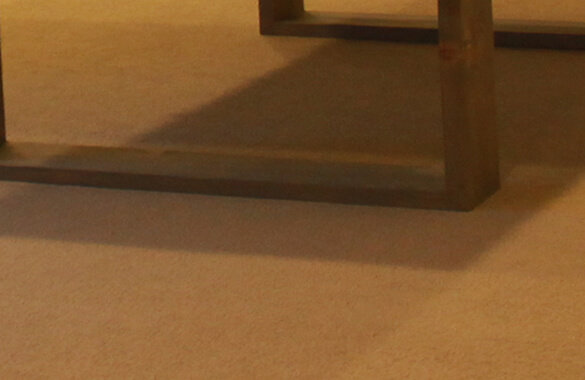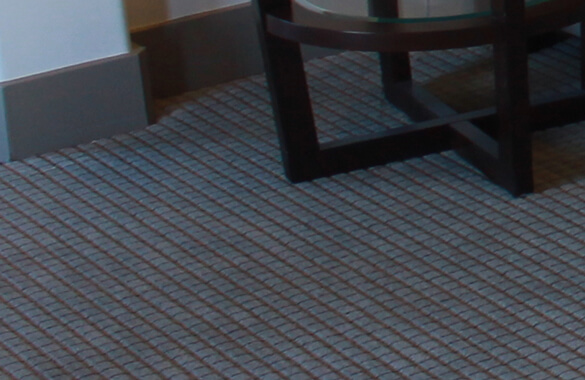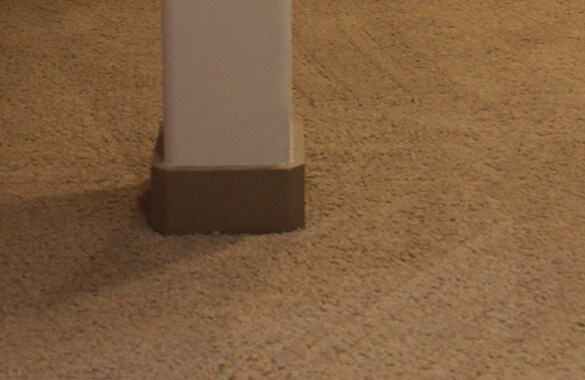There are multiple ways to incorporate texture into your basement design. One unexpected way of doing this is by adding carpet. The many choices available today allow you to select textures to fit any room design you prefer. There are also many practical reasons to consider when adding carpet: carpeted floors are warmer in winter and cooler in summer than those covered with wood or tile; they provide a softer feel underfoot; and they can prevent against injury should someone fall, especially if you add a pad underneath. Carpet fabrics are resistant to mold and mildew, and carpet sold in the United States must pass tests for fire safety.
Creating Carpet Texture
The type of fiber, the number of plies in the yarn, and the amount of twist worked into each strand create variations in texture. The style of weave and length of each loop of yarn also contribute. Once all yarn for a particular carpet is in place, final touches are made by cutting yarn loops or leaving them uncut.
How to Choose Texture Styles
When choosing what style of carpet to use in decorating your basement, consider the texture you’d like to create.
• Do you like natural-looking patterns? Some carpet has patterns that were formed simply by cutting certain loops and leaving others uncut. Another option is carpet with multi-level loops. The variations in the height of the loops give a patterned look and add dimension to the carpet.
• Would you like a plush texture? Choose carpet with thickly woven fibers all cut the same length to provide a smooth, level surface.
• If you’d like a look that is slightly less formal than plush, choose Saxony. The yarn in Saxony is cut the same as plush, but the ends are visible because of the twists.
• How about an informal look? Pick carpet with low uncut loops, such as Berber or sisal.
• Do you want carpet with a highly textured surface? Ask for Frieze. The yarns in this style of carpet are twisted, producing lots of texture. Because the pile is long and the loops have been cut, Frieze feels soft and looks casual.
• Would you like carpet with exceptionally long pile, even longer than Frieze? This type of carpet is called “shag pile.”
• Do you enjoy do-it-yourself projects that allow you to be creative? Take a look at the variety of textures that are offered in carpet tile squares. Installing squares like these allows you to add texture to your basement floor in a design that is uniquely your own.
Word to the Wise
No matter what style of carpet you choose, you will want to ensure adequate ventilation during installation. It’s a good idea to open all basement windows and turn on fans to circulate the air. If glue is used instead of tacks to secure the carpet in place, fumes from the glue must have a way to disperse outdoors instead of collecting in indoor air pockets where they could ignite.
Because new carpet usually needs time to air out once it is installed, you may want to use an air purifier at night or when windows are closed. Properly installed and adequately aired, your new carpet will bring comfort and style that your family and guests will enjoy for years to come.


